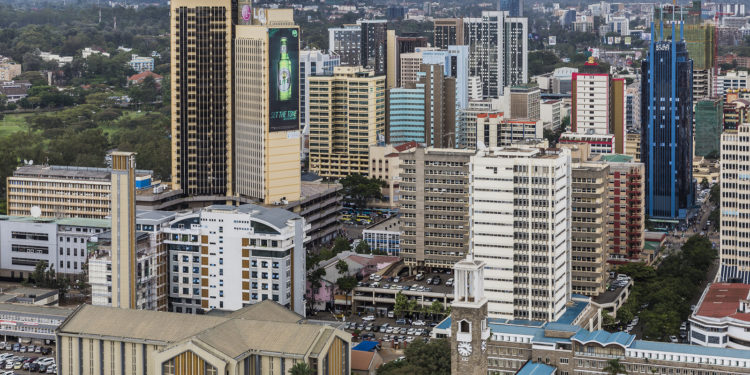Kenya’s Gross Domestic Product (GDP) is projected to grow 5.6% in 2023 and 6.0% in 2024, driven by services and household consumption.
According to the latest Economic Outlook for Kenya by the African Development Bank (AfDB), this forecast is shadowed by considerable risks, including the effects of a prolonged Russian invasion of Ukraine on commodity prices, tight global financing, drought, and slow global economic recovery.
AFDB notes that Kenya can mitigate these risks by diversifying its exports and market destinations, enhancing domestic resource mobilization, deepening financial sector reforms, and accelerating structural reforms.
In its report, the lender said Inflation is projected to rise to 8.6% in 2023 and 5.9% in 2024, driven by a steep rise in food and energy prices.
The AfDB report mentions that Kenya’s GDP growth slowed to 5.5% in 2022 from 7.5% in 2021, as a result of severe drought spells, increased commodity prices, and tight global financial conditions. Growth was driven on the supply side by services and on the demand side by household consumption.
Available figures indicate that Kenya’s public debt rose to 70% of GDP in 2022 from 68% in 2021, driven by higher interest payments and exchange rate depreciation.
The current account deficit widened to 6.0% of GDP in 2022 from 5.5% in 2021, driven by the lower trade deficit. It was financed by drawing down foreign exchange reserves, which fell to $7.42 billion (4.2 months of import cover) at end-2022 from $9.5 billion (5.8 months) at the end of 2021.
AfDB notes that Kenya has the potential to scale up private climate finance through innovative financing approaches, such as green bonds, debt-for-nature swaps, blended financing, and climate markets.
Renewable natural capital rose slightly, whereas non-renewable natural capital rose 110% between 1995 and 2018. This suggests the potential to leverage private climate finance with natural resources. Notable initiatives enhancing natural capital include continuing oil exploration, increasing tree cover from 8.8% in 2022 to 30% by 2032, transitioning to 100% clean cooking by 2028, restoring 10.6 million hectares of degraded landscapes by 2032, and increasing land under irrigation from 500,000 acres in 2021 to 1.4 million acres by 2030.
About 21%–30% of Kenya’s national territory is under forest cover.
ALSO READ: Kenya’s Economy Forecast to Grow by 5.7% in 2023 -KIPPRA Report




